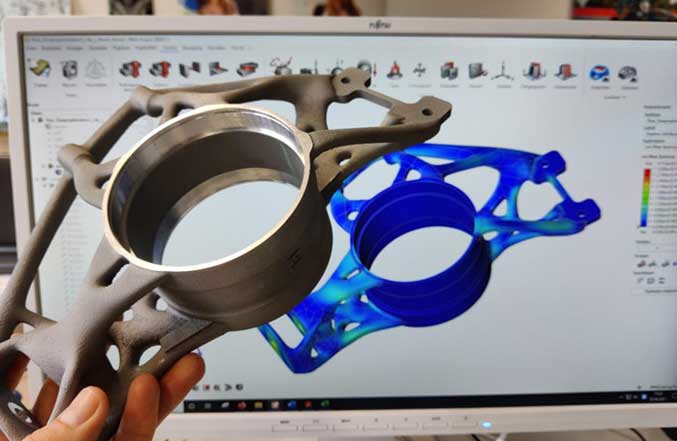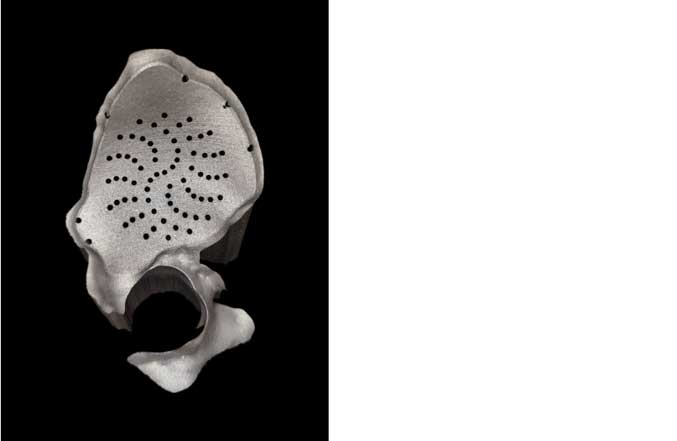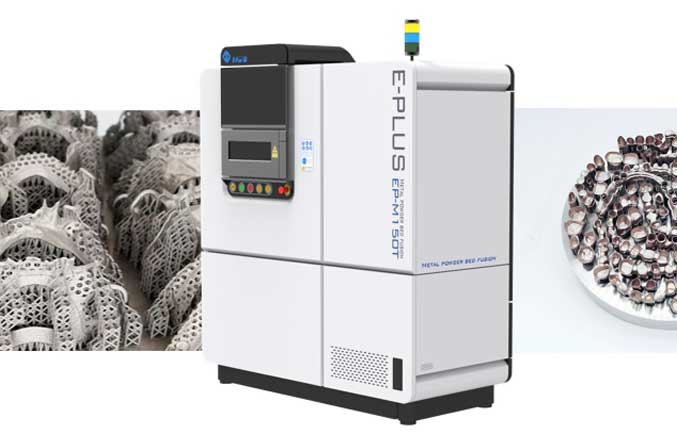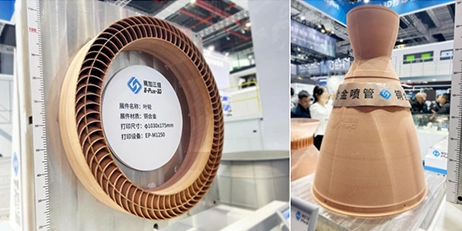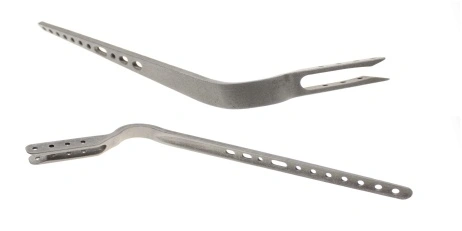In recent years, with the continuous development of 3D printing technology, its corresponding market application degree is also deepening, and its application in various fields is becoming more and more extensive.
In the automotive field, compared with traditional manufacturing technology, 3D printing technology has obvious advantages, including: simplification of manufacturing tools; enhancement of production flexibility; breaking through the design limitations of traditional manufacturing, etc. The in-depth application of 3D printing technology in the automotive field has overcome the deficiencies in the design and craftsmanship of automotive parts manufactured by traditional methods. In today's huge automotive industry, 3D printing technology will inevitably bring a revolutionary impact on it.
In the process of automobile manufacturing, 3D printing technology mainly involves: power system, chassis system, interior and exterior. In terms of power system, Lamborghini, a leading European sports car manufacturer, has manufactured new engine pipes for the power system of its sports cars through 3D technology, and thanks to 3D printing technology, the newly designed engine piping structure is more complex, and there is a corresponding improvement in performance. EPLUS3D also has relevant experience in this regard. A company has successfully customized an auto exhaust pipe printed by EPLUS 3D EP-M260 metal 3D printer and the exhaust pipe has been used in a Ford Mustang car for assembly trial. The exhaust pipe consists of three parts, the connecting rod, gas heave and exhaust. Eplus3D provides the entire solution from design to final production.

In terms of undercarriage, the two most common applications of 3D printing technology in development and production are production assembly tooling and functional testing. The same Lamborghini company, through SLS 3D printing technology, uses industrial-grade thermoplastic thermoplastics to create high-strength automotive chassis prototypes, and uses high-performance engineering-grade plastic custom assembly tools. In terms of interiors and exteriors, 3D printing technology has also become an indispensable technology for some well-known car brands. They manufacture instrument panels, joysticks, steering wheels, air conditioners and other auto parts through 3D printing.
At present, more and more automobile manufacturers are developing and designing new products through 3D printing. For example, Porsche uses 3D printing technology to produce a new form of bucket seat; Honda designed and developed a new lightweight design of the car engine crankshaft; McLaren's titanium alloy wheels. As a technology with great development potential, metal 3D printing has attracted the attention of industry insiders in particular. There are three important reasons for the development of metal 3D printing technology; equipment, materials and processes, and EPLUS3D's metal additive manufacturing technology is also developing in the direction of large size, low cost, multi-material, high precision and high efficiency solutions.



















